Ukrainian officials reported three deaths from the flooding, while Russian-appointed officials in the town of Nova Kakhovka, closest to the dam, said five people had died and 41 were injured and being treated in hospital. TASS news agency quoted Russian emergency services in Kherson as saying more than 14,000 homes were flooded and 4,280 people had been evacuated.
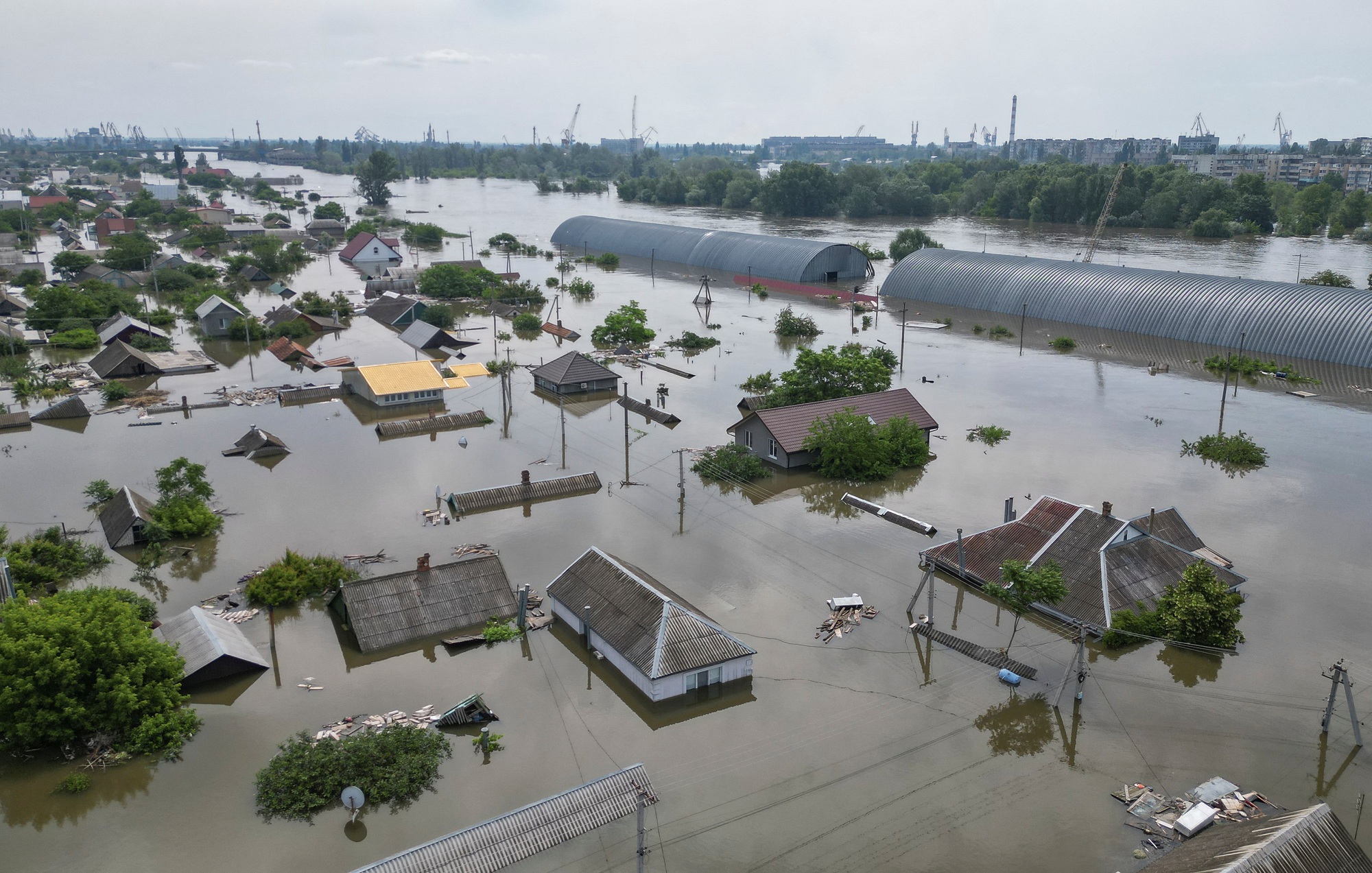
Flooded houses in Kherson after dam burst
Meanwhile, Ukraine’s governor Oleksandr Prokudin said at least 600 square kilometers of Kherson region had been flooded after the Nova Kakhovka dam burst. The official said the floodwaters had risen to an average of 5.61 meters and most of the flooded area was on the left bank of the river, which is controlled by Russia. Prokudin added that nearly 2,000 people had been evacuated from the flooded area as of the morning of June 8.
On the same day, President Volodymyr Zelensky said he had visited the flooded area and discussed with local officials the response plan and the military situation. Earlier, Mr. Zelensky called on international organizations to help and said he was shocked that the UN and the Red Cross had not immediately provided help.
Both Russia and Ukraine are blaming each other for the dam collapse. At the International Court of Justice (ICJ) in The Hague (Netherlands) on June 8, Russian Ambassador Alexander Shulgin accused Ukraine of massive artillery fire that destroyed the hydroelectric dam and had previously deliberately raised the water level in the reservoir to the limit, AFP reported. Ukraine did not immediately comment on the accusation but accused Russia of blowing up the dam to hinder Kyiv's military operations.
The US Institute for the Study of War (ISW) assessed that the dam break had changed the terrain and geography of the frontline area in Kherson. Specifically, the floodwaters had cut off Russian defensive positions on the left bank of the Dnipro River, greatly affecting frontline positions such as Hola Prystan and Oleshky.
The Red Cross and Russian-appointed officials in Kherson warned yesterday that mines laid by combatants could be washed away by water and pose a threat to residents for decades to come.
On the other hand, Ukraine and Russia reported that the situation at the Zaporizhzhia nuclear power plant remains stable. The plant is currently controlled by Russia and uses water from the reservoir upstream of the Nova Kakhovka dam to supply its cooling system. On the same day, Russian-appointed officials in Crimea also said that the water level in the North Crimea Canal, which carries water from the reservoir to the peninsula, remained stable.
Source link


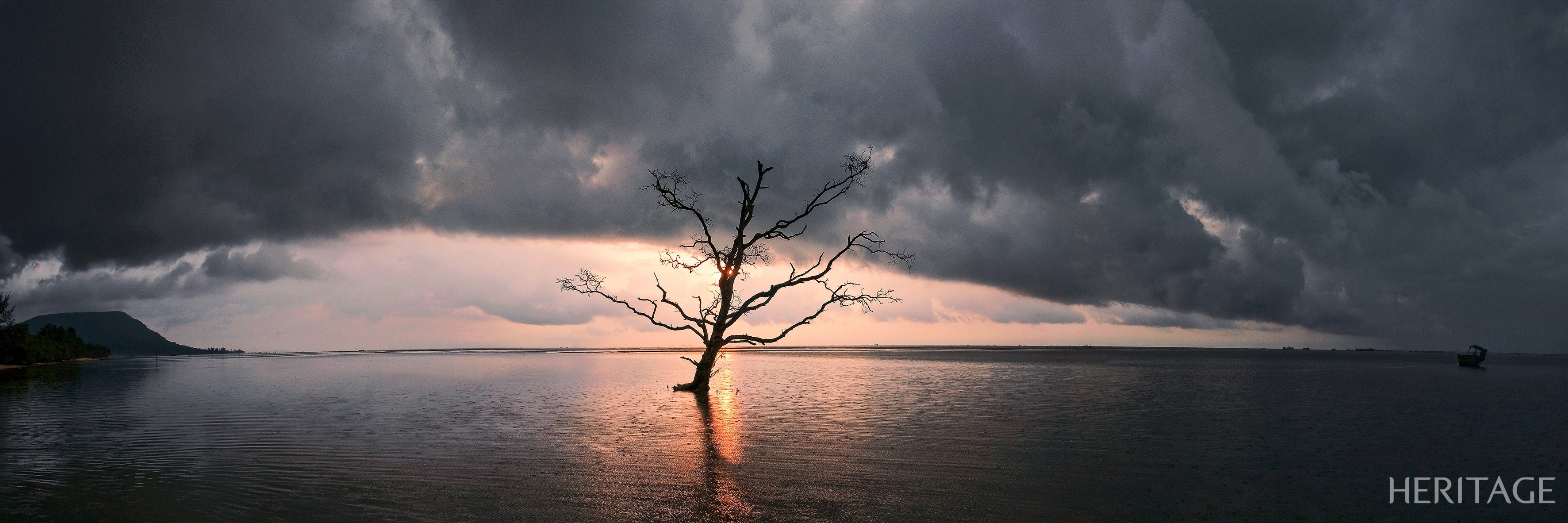

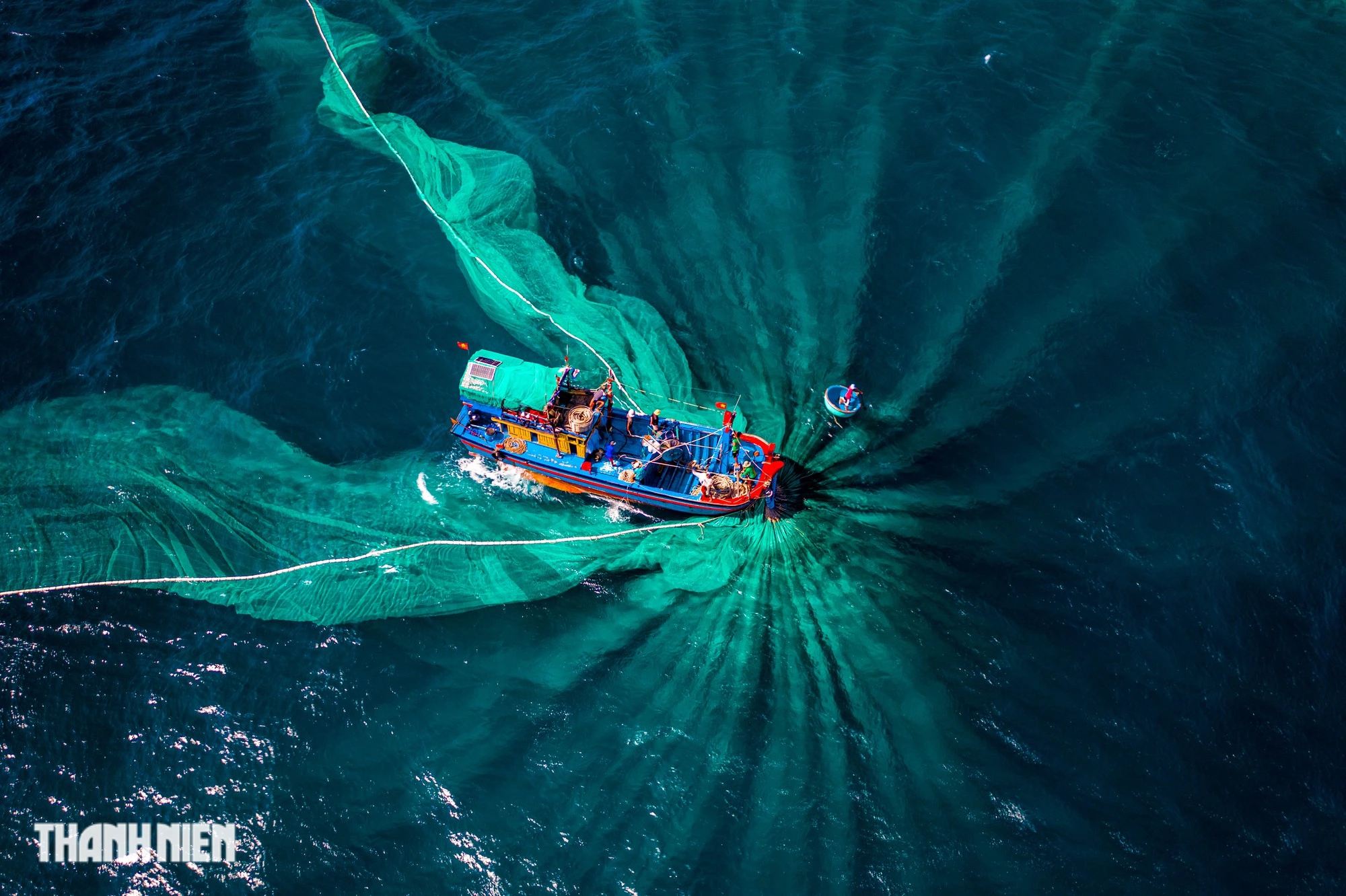

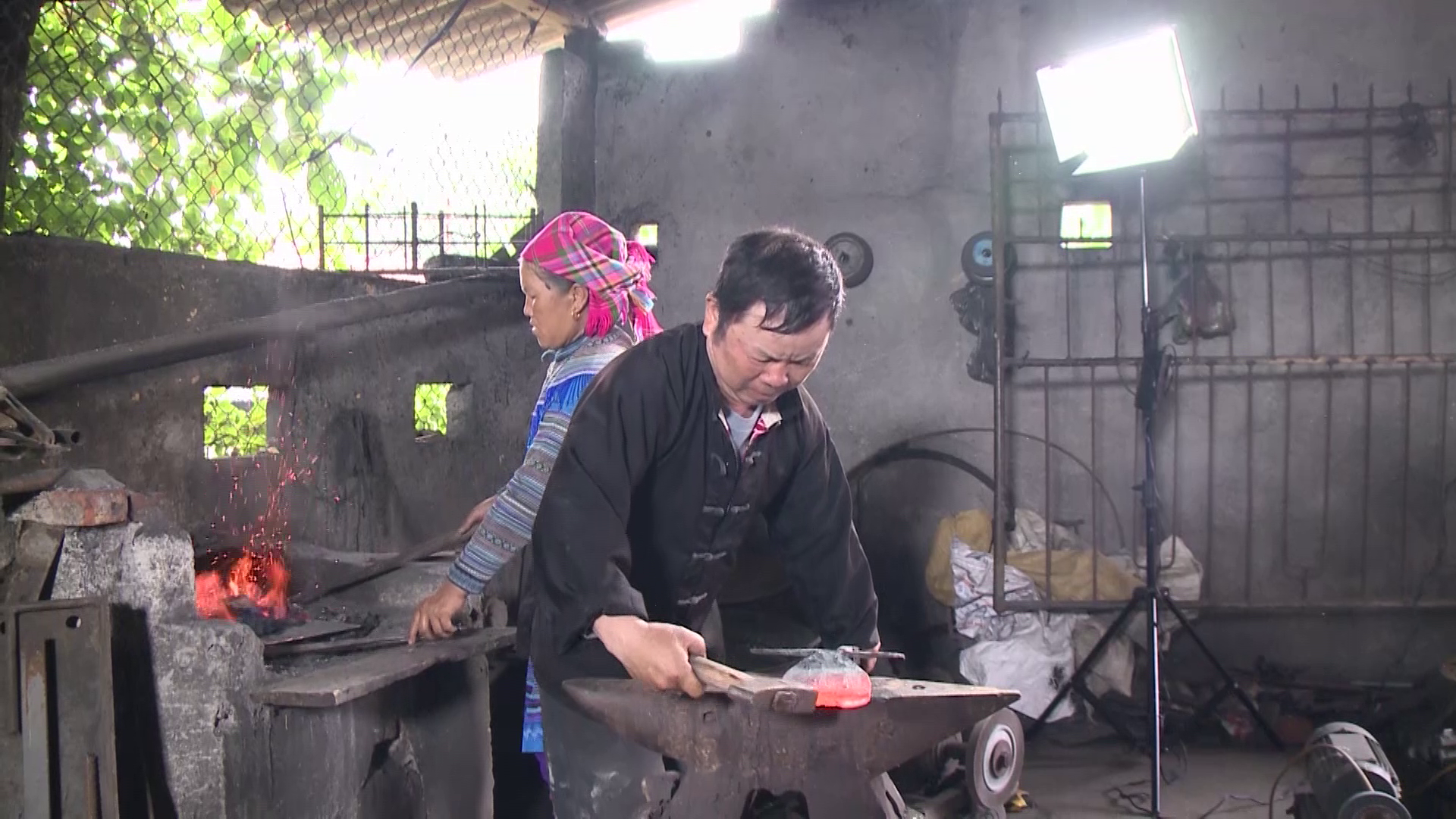

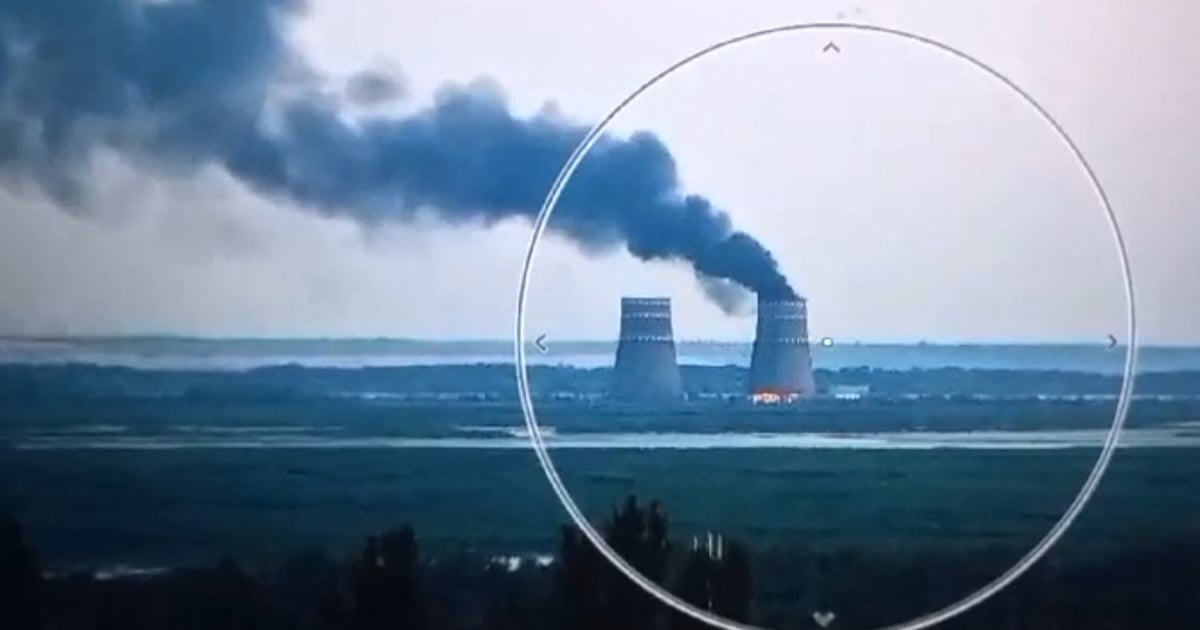







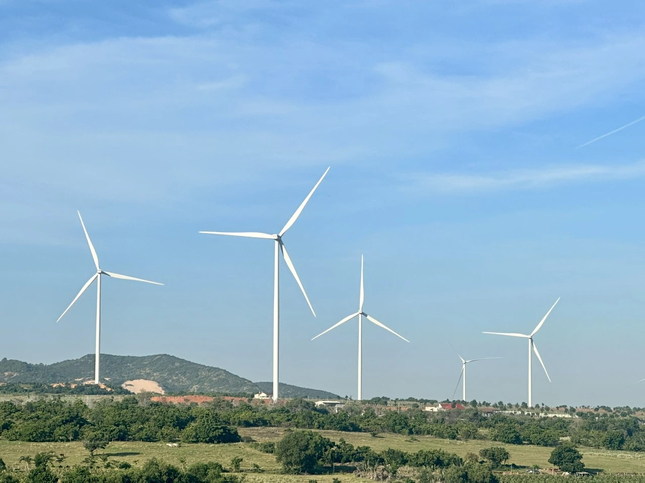



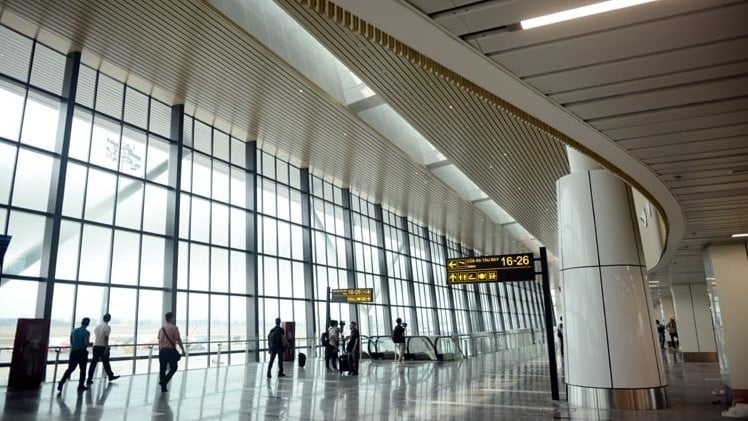










![[Photo] Prime Minister Pham Minh Chinh receives Mr. Jefferey Perlman, CEO of Warburg Pincus Group (USA)](https://vstatic.vietnam.vn/vietnam/resource/IMAGE/2025/4/18/c37781eeb50342f09d8fe6841db2426c)
![[UPDATE] April 30th parade rehearsal on Le Duan street in front of Independence Palace](https://vstatic.vietnam.vn/vietnam/resource/IMAGE/2025/4/18/8f2604c6bc5648d4b918bd6867d08396)

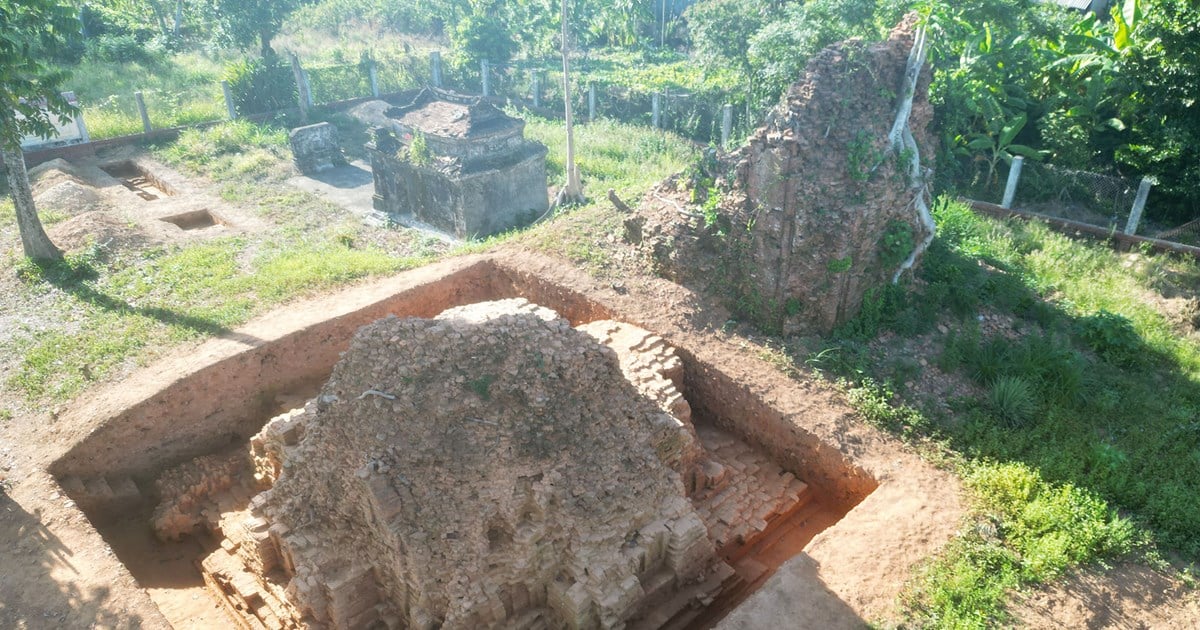
























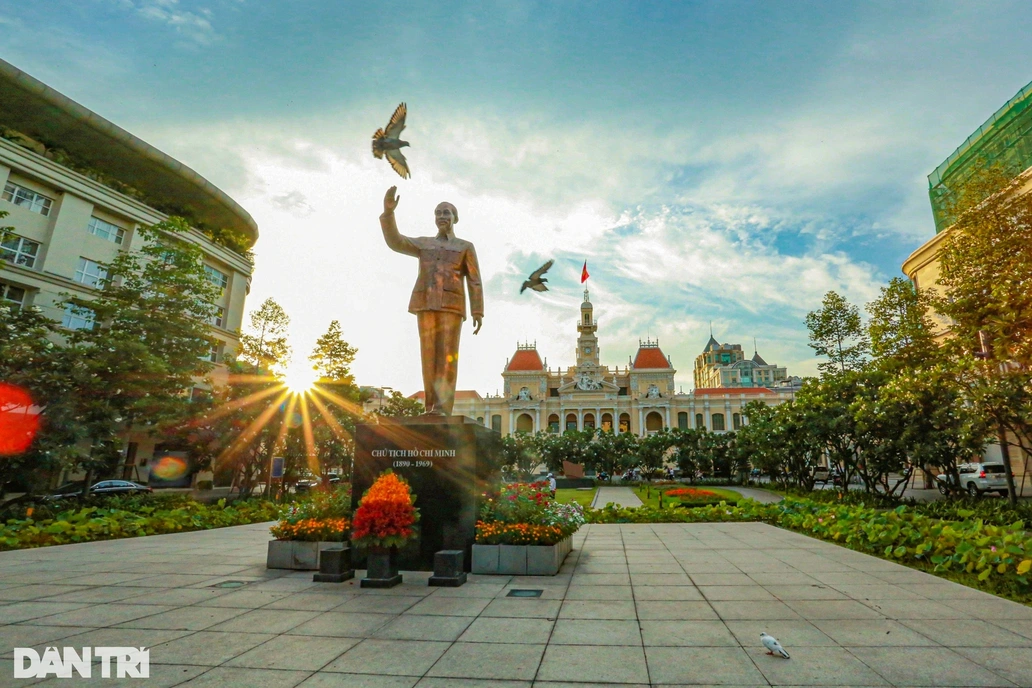
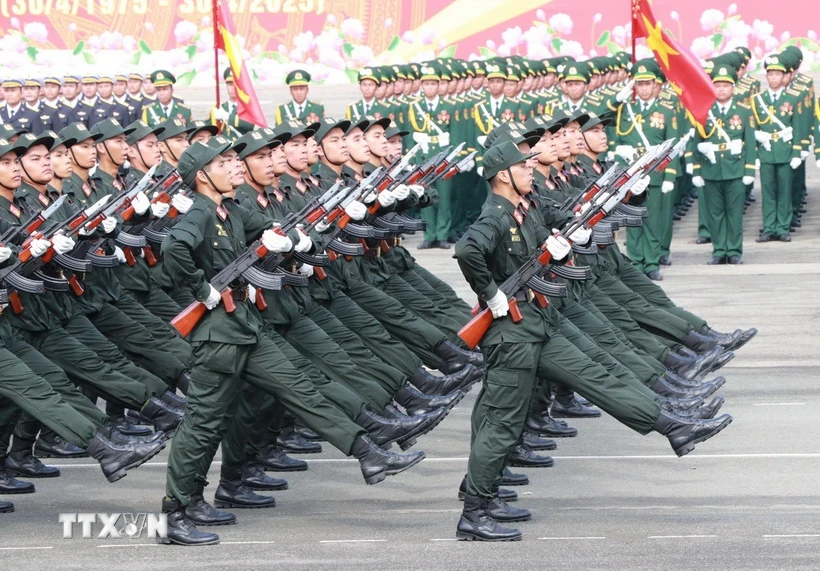




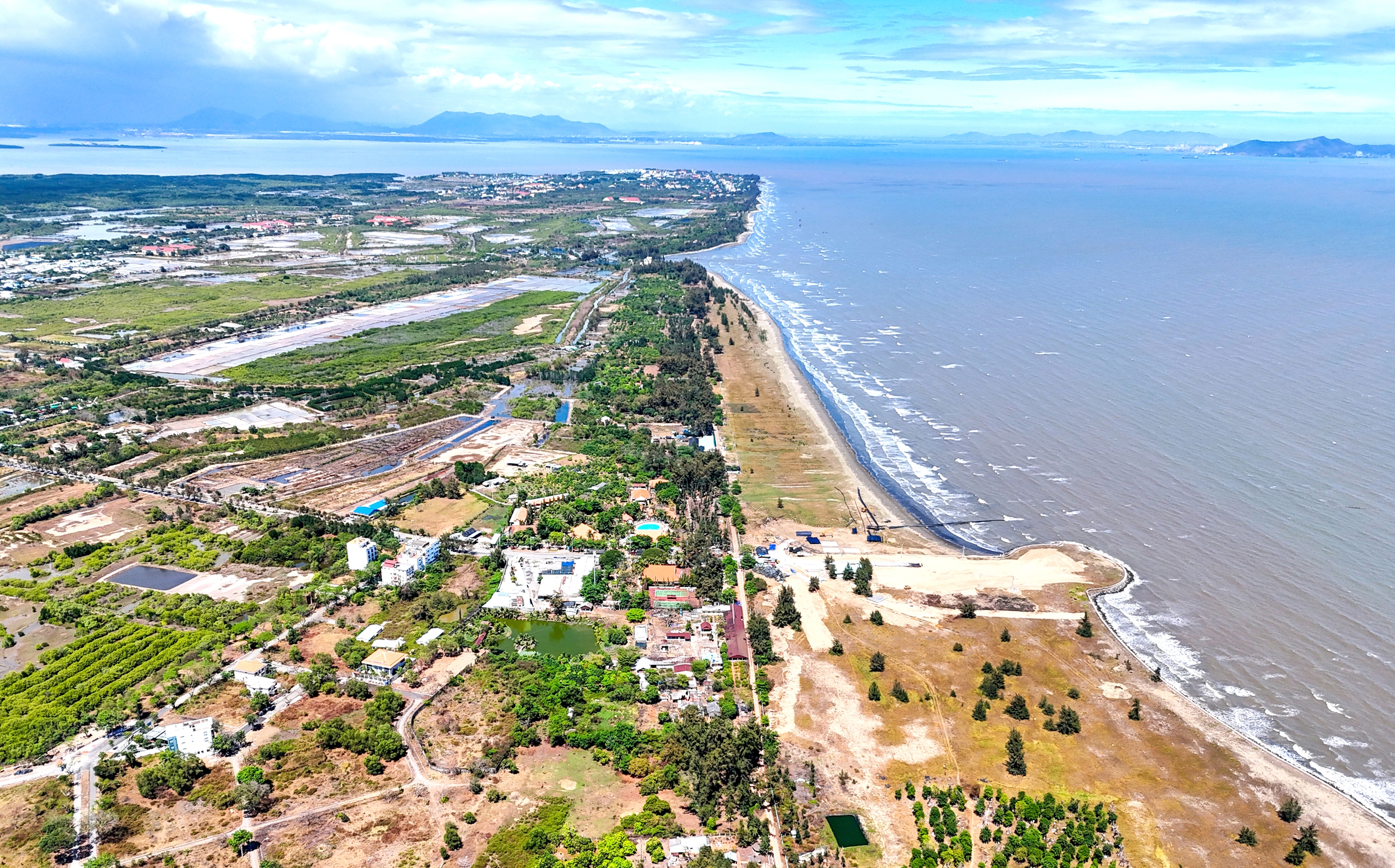












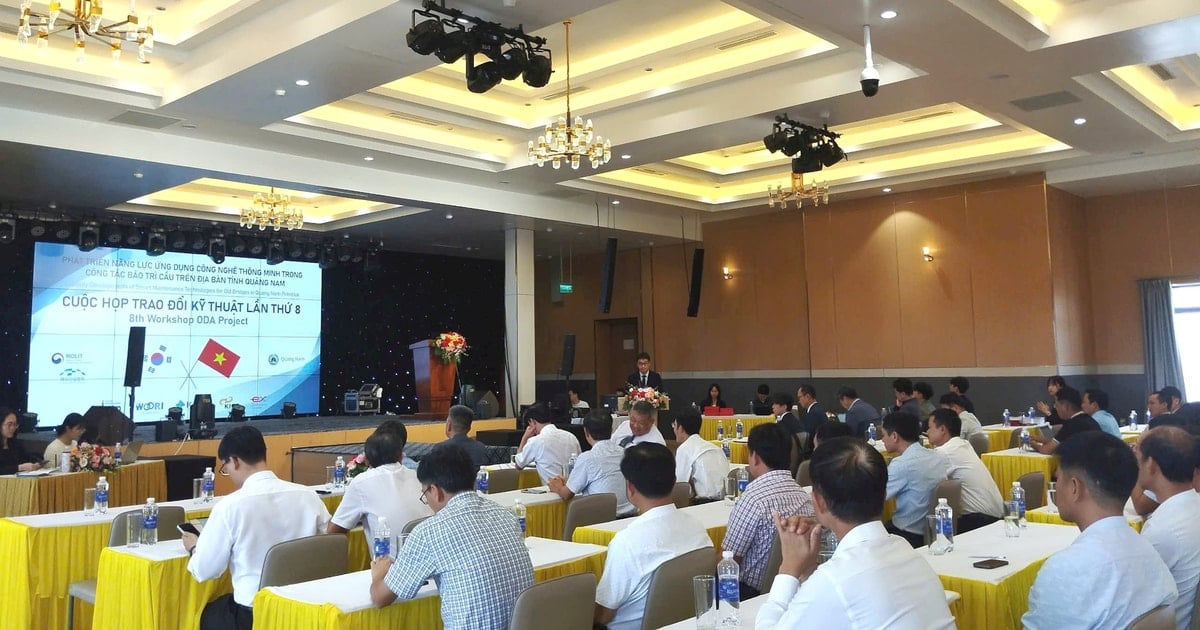















Comment (0)